Our Trademark Legal Services
Protecting your brand’s value and reputation
In today’s competitive marketplace, a trademark is more than just a symbol or a logo—it represents your brand’s identity, reputation, and value. It distinguishes your products or services from those of your competitors and embodies the trust and goodwill you have built with your customers. Protecting this vital asset is crucial, and this is where trademark lawyers come into play.
The importance of trademarks in brand value and reputation
A strong trademark is key to your brand’s value. It is often the first point of interaction between your business and potential customers, and it communicates the quality and reliability of your offerings. By securing and enforcing your trademark rights, you safeguard your brand’s reputation and ensure that your customers can easily identify and trust your products or services. Trademark infringement can dilute your brand’s identity and lead to loss of revenue and consumer trust. Therefore, having a robust trademark strategy is essential for long-term success.
Bespoke services for specific client needs
Whether you are a startup seeking to establish your brand or an established company looking to protect a portfolio of trademarks, our experts provide bespoke solutions to ensure your intellectual property is fully protected. From conducting comprehensive trademark searches and filing applications to managing renewals and handling disputes, trademark lawyers offer end-to-end services that cater to your specific requirements. This personalised approach ensures that your trademarks are not only legally sound but also strategically aligned with your business goals.
Practical, commercial advice approach
Trademark lawyers are not just legal experts; they are also adept at providing practical, commercial advice. They understand that intellectual property protection must align with your overall business strategy and objectives. Therefore, we offer guidance that is both legally sound and commercial. This approach ensures that you make informed decisions that enhance your brand’s strength and market position.

Kerry Russell
Partner
Specialising in Trademarks law
Trademark search and clearance
We conduct detailed searches to ensure that your proposed trademark is not already in use by another entity. This includes searching national and international databases.
We will providing legal opinions on the availability of your trademark, helping you avoid potential infringement issues.
Trademark portfolio management
Through this service we will manage renewal deadlines and ensuring that your trademarks remain in force.
We offer trademark audits to assess the strength and scope of your portfolio, identifying gaps or potential risk and we’ll keep detailed records of your trademark registrations, renewals, and related documentation.
Trademark enforcement
We will work with you to monitor the market and trademark registers for potential infringements or conflicting trademarks.
If infringement is identified we will send cease and desist letters to parties infringing on your trademark rights.
If the infringement continues we will represent you in trademark disputes, including opposition proceedings, cancellation actions, and court litigation.
Licensing and transactions
We can advise on drafting and negotiating licensing agreements to allow others to use your trademark under specific conditions.
We will handle the legal aspects of transferring ownership of trademarks.
We’re able to advise on trademark issues in franchising agreements and ensuring brand consistency.
International trademark protection
We can help businesses file international trademark applications through the Madrid Protocol.
We can coordinate with foreign trademark solicitors to secure trademark protection in jurisdictions outside of the home country.
We will work with you to develop a global protection strategy aligned to your business goals.
Dispute resolution
We will represent your interests in mediation and arbitration to resolve trademark disputes without going to court.
We’re specialists in negotiating settlements in trademark disputes to achieve favourable outcomes while minimising legal costs.
Why choose Shakespeare Martineau?
- Our team offer prompt and professional service, whether through in-person meetings or virtual consultations, you can trust that our advice will be timely and professional, helping you feel confident in your legal matters, every step of the way
- We provide advice that is not only pragmatic and quick but also easy to understand. Every lawyer in our firm is approachable, helpful, and committed to offering reliable legal solutions, making the process straightforward for clients
- Our clear and easily understandable approach has kept clients coming back for years, knowing they can depend on us for comprehensive legal support time and time again
- Our clients regularly highlight the exceptional expertise and professionalism of our lawyers. Our team cares deeply about every aspect of your case, ensuring you receive a thorough and attentive service


Premier midlands IP expertise
Our Midlands IP practice is renowned for its depth of experience and specialist services ensuring clients have access to some of the best IP lawyers in the country
Expert commercial advice and litigation
As a team we deliver the very best commercial advice but should matters remain unresolved, we have skilled litigators who will work to resolve matters via the court system
Tier 1 IP excellence and protection
We are ranked in Legal 500 Tier 1 in the East Midlands for our intellectual property service. This accolade reflects our unparalleled expertise and exceptional track record in delivering comprehensive IP solutions. Our clients benefit from our knowledge, strategic insights, and dedication to achieving outstanding results, ensuring that their intellectual property is effectively protected and optimised in a competitive landscape.
Global IP expertise with multilaw
As part of Multilaw – a global network of law firms in over 100 countries, we have a wealth of experience within the team on a variety of matters from regional, to national and international presence. We are also active participants in INTA (International Trademarks Association), AIPPI (The International Association for the Protection of Intellectual Property) and Marques.
Meet our Trademarks team
Building a responsible business
Our commitment to sustainability and social impact
We are an accredited B Corporation that is committed to driving positive change in our communities, minimising our impact on the environment, and ensuring an all inclusive diverse and supportive culture for our people.
Wherever you are on your journey, our Trademarks specialists are here to answer any questions you might have
If you’d like to speak to a member of our team, please fill out the enquiry form. We will aim to reply to your query within 2 hours
Need to talk to someone sooner? You can call use at the number below
Call Us: 0330 024 0333
Trademarks FAQs
A trademark is a unique symbol, word, phrase, or design that identifies and distinguishes your business’s products or services from others in the market. It is important for your business because it protects your brand identity, helps build customer trust, and prevents competitors from using similar marks that could confuse consumers. A strong trademark not only enhances brand recognition but also adds value to your business by safeguarding your reputation and enabling you to take legal action against unauthorised use. Investing in a trademark is a smart move to secure your business’s long-term success.
To protect your trademark internationally, you can file for trademark registration in each country where you do business or use the Madrid System for streamlined registration in multiple countries. Consulting with a trademark attorney can help ensure comprehensive protection and compliance with international regulations.
If someone infringes on your trademark, gather evidence of the infringement and consult a trademark solicitor. We can help you send a cease-and-desist letter, negotiate a resolution, or take legal action to protect your trademark rights and prevent further unauthorised use.
Trademark protection typically lasts for 10 years from the date of registration. It can be renewed indefinitely, as long as the trademark is still in use and renewal fees are paid. Regular renewals ensure your trademark continues to protect your brand.
Yes, you can license or sell your trademark. Licensing allows others to use your trademark under agreed terms. Selling transfers ownership completely and both options can provide financial benefits and expand your brand’s reach. Always consult a trademark solicitor to ensure legal and beneficial agreements are in place.
Trademarks protect brand names, logos, and symbols that distinguish goods or services. Copyrights protect original works of authorship, like books, music, and art. Trademarks ensure brand identity, while copyrights safeguard creative expressions. Both are essential for protecting different aspects of intellectual property.
To choose a strong trademark, it’s best to try to opt for something unique, memorable, and distinctive. Avoid common words and phrases. Invented words, or those with no direct connection to your products, are often best. Ensure it’s easy to pronounce and spell, and conduct a thorough search to confirm it’s not already in use. This is where consulting a trademark solicitor can provide valuable guidance.
Working with a law firm with trademark specialists offers numerous benefits. Experts provide in-depth knowledge, ensuring your trademark is properly registered and protected. They can help navigate complex legal processes, handle disputes, and offer strategic advice tailored to your business. This expertise will ultimately saves you time, reduce risks, and strengthen your brand’s legal standing.




